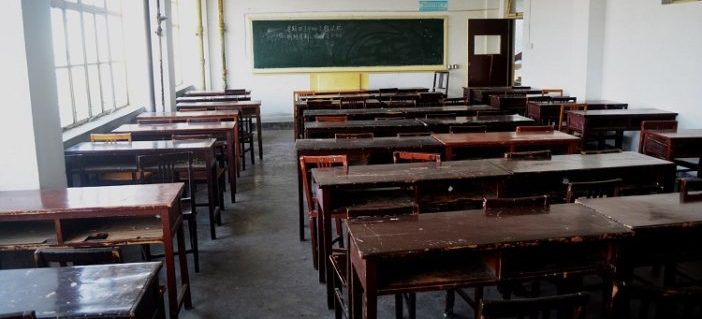With the investigation and removal of the allegedly toxic running tracks at Baiyunlu campus of Beijing No.2 Experimental Primary School, authorities had also investigated school classrooms in a follow-up air quality test.
However, the parents who reported the issue are dubious of the results. After all, despite the symptoms reported by the parents of over 40 students, the government had found the toxicity level of the running track to be normal. The school removed the track in spite of the negative result.
Beijing Municipal Education Commission announced on June 14th that the air quality test conducted by China National Environmental Monitoring Center (CNEMC) showed that the school facilities did in fact meet quality standards for national environmental monitoring and synthetic playgrounds.
Parents are not convinced. They had hired a third-party laboratory, Shenzhen EMTEK Co., Ltd. (Shenzhen Lab), to test 16 classrooms in the school, six of which were the same rooms that were tested by CNEMC.
The Shenzhen Lab results showed an excessive amount of formaldehyde in all sixteen classrooms, wherein the music classroom had 2.83 mg of formaldehyde per cubic meter (of air)—11 times that of the CNEMC test results and 22 times above the recommended amount.
It turns out the two institutions use different testing methods and references, resulting in vastly different results. CNEMC uses a technical method for determining formaldehyde in the air, which was established in 1995. The Shenzhen Lab uses a more common testing method: the 2014-enacted Methods of Environmental Tests in Public Venues.
Both testing methods are allowed according to the National Standards of Indoor Air Quality, so a testing institution can determine which one to use. In this case, the question is why did CNEMC choose a testing method more commonly used for factory workshops than for public venues when a classroom is, by definition, a public venue?
The Beijing Education Commission has ordered all (school) synthetic sports fields inspected and has halted the construction of playgrounds until new guidelines are released. Said guidelines will be created with the cooperation of quality-control and environmental protection departments as well as professional organizations. The new guidelines will be more stringent on the details of the manufacturing, construction, and assessment of playground safety.
Photo: Public Domain




